Haworthia Hybrid Variegated rare succulent
₹699.00
In stock
Haworthia Hybrid Variegated Description: Haworthia differentiates from Haworthia attenuata because of smaller and more numerous tubercles whereas H. attenuata has fewer and larger tubercles. Moreover the leaves are more scabrid rather than tuberculate. It has also more slender and longer leaves. The many tubercles give the plant a silvery appereance.
Variegated form (f. variegata): The plants are identical in shape to the standard species but have leaves variably striped with yellow or pink. There are several slightly different variegated clones.
Stem: Acaulescent.
Rosette: Flatly close to the soil up to 15 cm in diameter, forming clumps.
Leaves: About 7,5-8 cm long and 2 cm wide at base, erect, radiating, attenuate (tapering), green to brownish, variably striped with yellow or pink, very densely covered all over with minute white tubercles on both sides which are pretty much of the same size.
Inflorescence: Sparsely branched, lax, 24-30 cm tall.
Flowers: White with reddish-brown veins, flower-tube obcapitate. Tepals revolute.
Blooming season: November-December.
Cultivation and Propagation: It is an easy plant that usually does not give many problems in cultivation. Needs light shade to filtered sun, but will redden with more light exposure. Regular water in summer, keep dryer in winter, needs good drainage It grows much better outdoors in spring and summer, it is also perfect for the bright windowsill. Grow it in light, fertile, well drained, moderate soils, with a slightly acidic pH (5-6). Avoid any frost.
Maintenance: Removal of old flower stalks; It is a suckering species, and one plant can eventually cover a large area. Divide the crowded clumps periodically. During the winter months, the plants should be grown cool to initiate flower development (about 5-10°C)
Propagation: Suckers, division of older plants.
| Color | Variegated |
|---|---|
| Growth Pattern | Up right Straight |
| Ideal location | Shade |
| Origin Country | Indonesia |
Be the first to review “Haworthia Hybrid Variegated rare succulent” Cancel reply
You must be logged in to post a review.




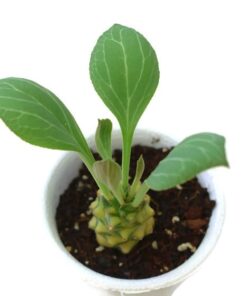
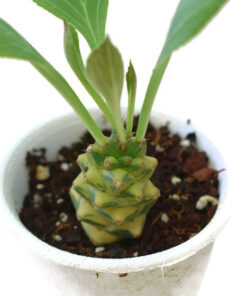
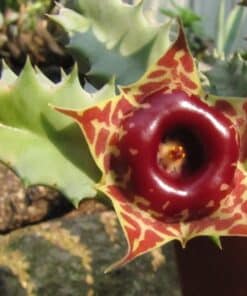

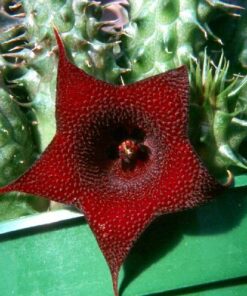

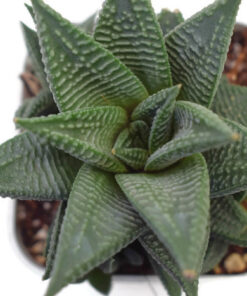



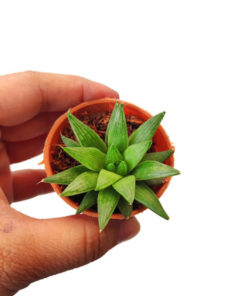

Reviews
There are no reviews yet.